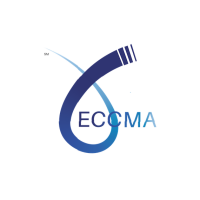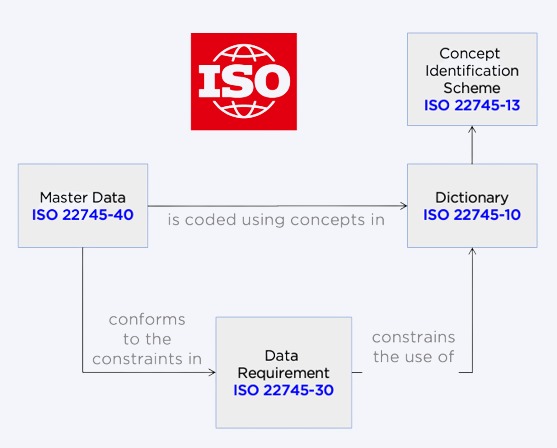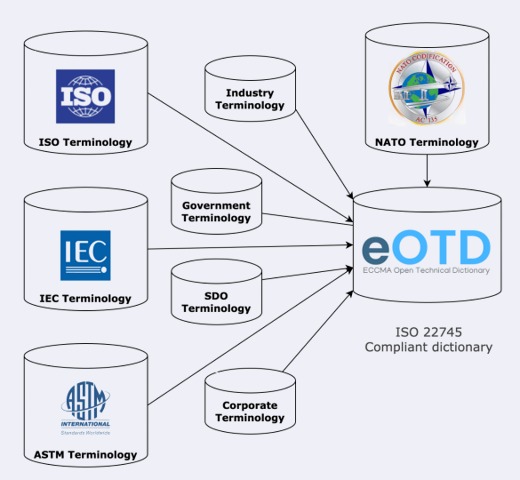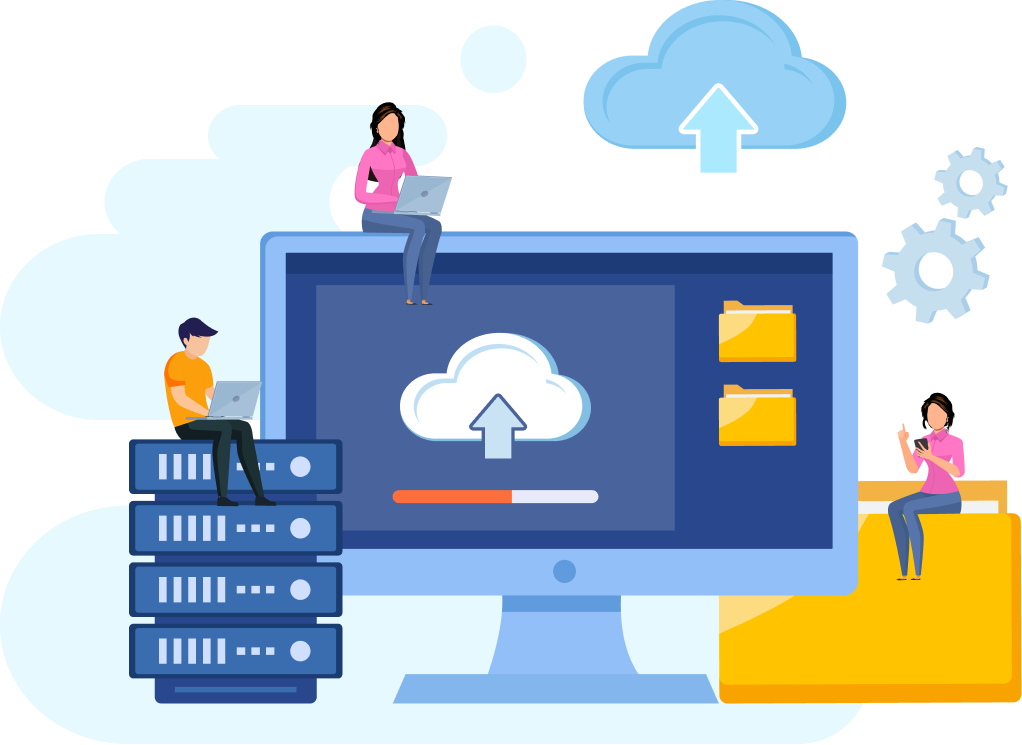
What is an Open Technical Dictionary?
An Open Technical Dictionary (OTD) is a collection of terms and definitions that are grouped by concept. It used to provide a common language for understanding and exchanging data across an organization. This can lead to improved data quality, better decision-making, and increased trust in data-driven processes.
An open technical dictionary based on ISO 22745 is compliant with the international standard for open technical dictionaries. This ensures that they are consistent and reliable, and that they can be used to exchange data with other organizations.
The ISO 22745 standard specifies a system for descriptive technology and includes parts related to the open technical dictionary. It also provides guidelines for the development and maintenance of OTDs.
The importance of terminology is now being widely recognized. In the development of the ISO standard model for Open Technical Dictionaries, it was recognized that terms are often poor labels for concepts. This is because terms can have different meanings in different contexts.
The ISO 22745 standard addresses this issue by using concept identifiers to link terms to their corresponding concepts. This ensures that the meaning of a term is always clear, regardless of the context in which it is used.
In conclusion, OTDs based on ISO 22745 are a valuable tool for organizations that need to exchange data with other organizations. They can help to improve data quality, better decision-making, and increase trust in data-driven processes.
What is a concept identifier?
A concept identifier is a unique code or identifier assigned to a specific concept or term in an ISO 22745 compliant dictionary. Concept identifiers are used to link terms, definitions, and images to their corresponding concepts. This makes it easy to find the information you need in the dictionary, regardless of the language or format in which it is expressed.
Concept identifiers can also be used to resolve terms and definitions in multiple languages. This is done through a web service compliant to ISO 22745-14: Dictionary query interface.
Here is an example of how concept identifiers can be used. Let’s say you want to find the definition of the term “screwdriver” in the English language. You can use the concept identifier for “screwdriver” to query the dictionary. The dictionary will return the definition of “screwdriver” in English, as well as the definitions of “screwdriver” in other languages.
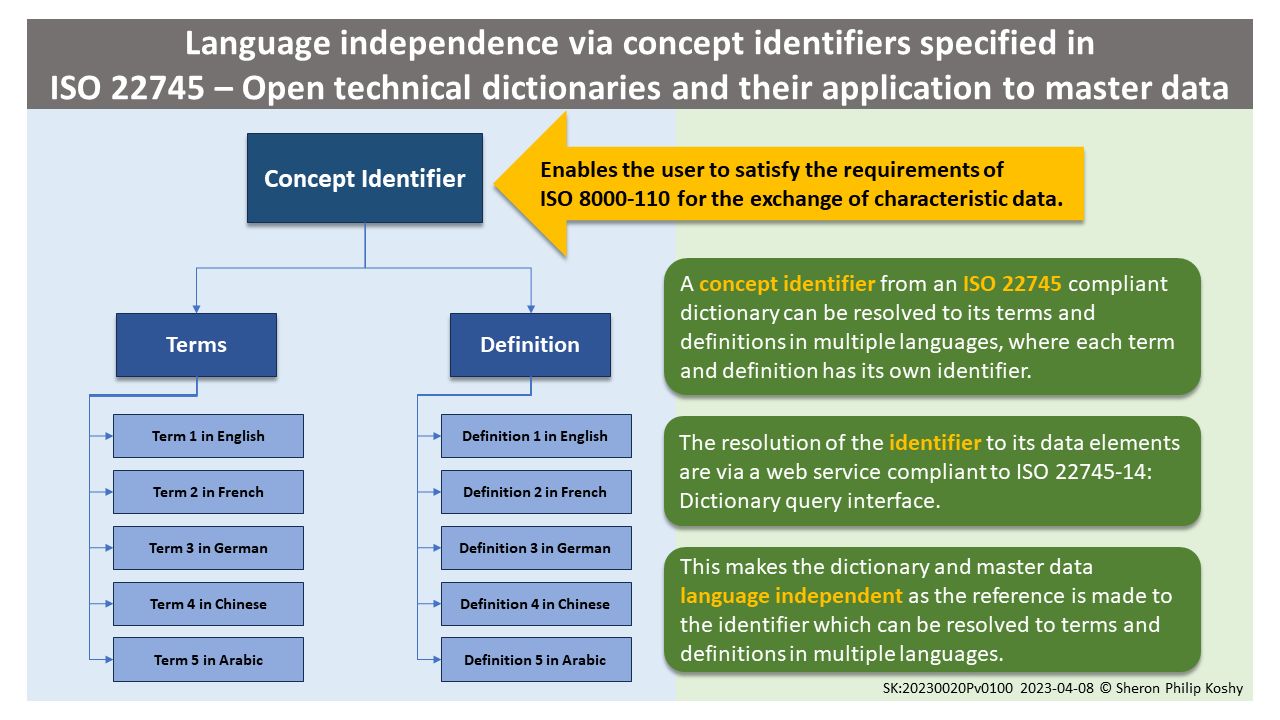
Concept identifiers are a valuable tool for anyone who needs to work with data in multiple languages. They can help to ensure that data is interpreted correctly and that communication is clear.
The concept identifier from an ISO 22745 compliant dictionary can be resolved to its terms and definitions in multiple languages via a web service compliant to ISO 22745-14: Dictionary query interface.

How can my organization use eOTD?
eOTD can be used by organizations in a variety of ways, including:
Here are some specific examples of how organizations can use eOTD:
Overall, eOTD is a valuable tool that can help organizations to improve the quality of their data, enhance communication, automate processes, and meet compliance requirements.
What is a Corporate Dictionary
A corporate dictionary is a comprehensive collection of terms and their definitions that are used in an organization’s master data and transaction data. It is derived from a subset of ECCMA’s Open Technical Dictionary (eOTD).
A corporate dictionary serves as a repository of information about data elements that are used or captured in databases, information systems, or research projects. It facilitates a clear understanding of the meaning and purpose of these data elements within specific processes or projects, providing valuable guidance on interpretation, accepted meanings, and representation.
Corporate dictionaries can be used to improve the quality of data, enhance communication, automate processes, and meet compliance requirements.

If you are looking for a way to improve the quality of your data, enhance communication, automate processes, and meet compliance requirements, then a corporate dictionary is a valuable tool to consider.
